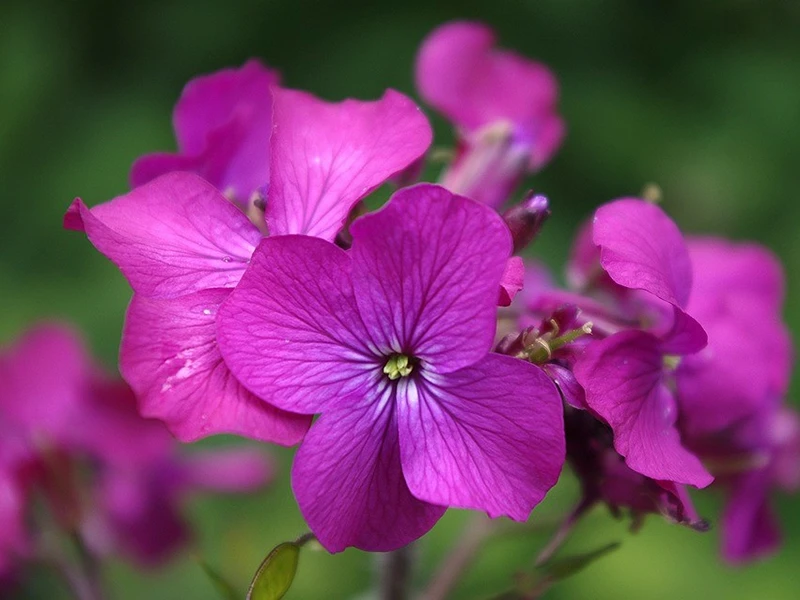
Although we're all currently enjoying our gardens in flower and feeling that next year is a long way off, July is the ideal time for sowing biennial seeds ready for beautiful blooms the following year. Follow these simple steps, and with a bit of forward planning you will be rewarded with a colourful floral display when Spring comes around.
What Are Biennials?
Unlike annual plants, which grow from seed and flower in the same year, biennials establish their foliage in the first year, store energy over winter then bloom the following year. Once flowering has finished, the seeds drop and germinate around mid-summer, starting the cycle again. Some varieties are more reliable than others when it comes to setting seed, so starting seedlings off by hand ensures a bumper crop of plants for filling beds and containers.
Starting Biennials From Seed
Using a seed or plug tray, sow the seeds in general compost according to packet instructions. Some varieties prefer to be covered with soil, whereas others need light to germinate. Once seedlings are large enough to be handled, prick them out and pot on. Around mid-Autumn, the young plants will be ready to transplanted to their final position outside. Once Spring arrives, the plants will be established in the ground ready to produce flowers.
Biennial Varieties To Try
There are many different biennials to choose from, as well as some hardy annuals which can be grown in the same way, to give you a head start next year on the flowering season.
- Aquilegia - Also known as Columbine or Granny's Bonnet, these pretty cottage garden staples come in a wide range of colours and styles, with single colours, bi-coloured, nodding flowerheads or forward facing. They enjoy moist, well-draining soil and make great cut flowers.
- Digitalis - Foxgloves are a classic example of a biennial, a cottage garden favourite which happily self-seeds, gently spreading seedlings year on year to create a natural look in the garden. The tall, statuesque flower spikes come in a range of pastel colours and are loved by bees.
- Erysimum - Biennial Wallflowers are an ideal choice for bedding and container planting, with fragrant flowers in a range of warm shades, for Spring to Summer colour.
- Hesperis matronalis - Sweet Rocket is wonderful for cut flower arrangements, with flowers in shades of white and lilac pink, with a warm, spiced fragrance.
- Lunaria - Honesty has beautiful fragrant blooms in shades of purple, pink and white, self-seeds happily, and creates delicate ornamental seed pods which are ideal for cut flower arrangements.
- Nigella - Although a Hardy Annual, Love In A Mist performs much better if treated a biennial and given a head-start. The forward planning will result in a prolific flowering period the following year, with pollinator friendly blooms and ornamental seed heads which can also be dried for use in displays.
- Papaver nudicaule - The Iceland Poppy is best grown as a biennial, where the first spectacular flower display can be enjoyed while the plant life is still fresh. The stunning crepe flowers make great cut flowers if correctly treated.
Give biennial seed sowing a try, to see how some low maintenance early sowing can bring floriferous results!

